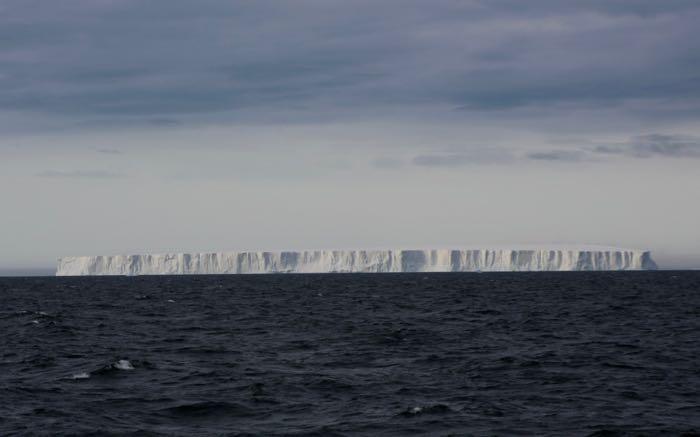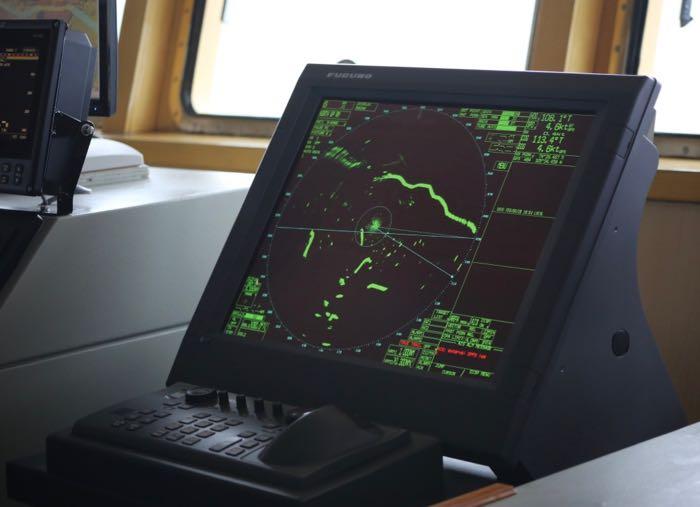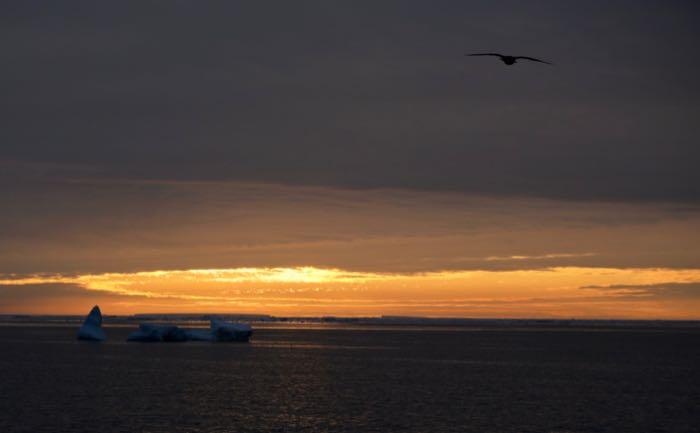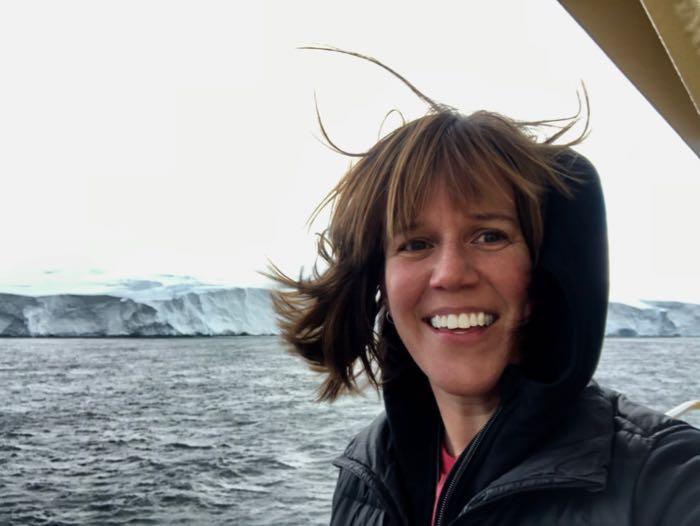Questions... Answered
I've been getting a lot of questions in the comments, but it is tricky for me to reply to you each individually, so I thought I would dedicate this post to addressing a whole bunch of them all at once.
I spend a lot of time on the boat in a windowless lab room, typing on a computer. I occasionally have to remind myself that one of the most mysterious, remote, and beautiful places in the world is right outside the walls. We are sometimes in open water, sometimes navigating through a few large icebergs, sometimes in the sea ice.

We have maps that are made using photos from satellites and they get updated every day. The captain also uses radar to decide on a course (or path) that doesn't bring us too near any large icebergs. This ship is an icebreaker, but even something as strong as the Nathaniel B. Palmer can't go through a 70 meter-tall tabular iceberg the size of four city blocks. The icebergs we see vary in size - some are smaller than a minivan and others - like one we saw last Thursday - are many miles long.

After the rough seas in the Drake PassageStrait, connecting the Atlantic and Pacific oceans between Tierra del Fuego and the South Shetland Islands. Located about 100 mi (160 km) north of the Antarctic Peninsula, it is 600 mi (1,000 km) wide., the water calmed down a lot, but we did have another day with hurricane-force wind gusts that caused me to go back to bed with a bad case of seasickness. People here think that we won't experience any more big waves until we head back through the Drake PassageStrait, connecting the Atlantic and Pacific oceans between Tierra del Fuego and the South Shetland Islands. Located about 100 mi (160 km) north of the Antarctic Peninsula, it is 600 mi (1,000 km) wide. on our way home. We are close to the coast of Antarctica, and all the ice in the water keeps the waves from getting too powerful, even on the windiest days.
I miss a lot of things about Brooklyn - the basil fried rice from AM Thai is the first thing that comes to mind, along with a comfortable mattress that doesn't require climbing a ladder to lay on, darkness when I go to bed, and space to go for nice long walks. I miss Ted and Ellsie, although I am getting lots of reports that the dogs are doing well without me. I miss my students, although it is amazing - I can make it through an entire day here without anybody asking me a question that I literally JUST answered one minute earlier. It is still tricky to get used to the schedule of my days - I'm working a shift from midnight to noon, but because the ship has travelled through so many lines of longitude, it is hard to say exactly what time zone we are actually in. We're keeping Punta Arenas time (that's the city we departed from in Chile), which is two hours ahead of New York City and the east coast of the US. When I get up at 11:15pm ship time, it is 9:15pm in Brooklyn and Connecticut. My first meal of the day is mid rats (midnight rations) which is usually dinner-style. My stomach is always confused by this, and even though all the food is delicious, nothing looks good. I eat a lot of cereal and yogurt for mid rats. They have Trix on the ship, but I try to save that for a dessert.

At both midnight and noon, we have a shift change meeting, when the group of people that is just finishing work explains what they have done to the group of people that are just starting their shift. The scientists onboard can be split into categories in a few different ways - some are working at institutions in the United States and some come from institutions in the United Kingdom. Some are professors, some are post-doctoral students, and some are working on their PhDs. Some are younger than me (I'm exactly 44.75 years old today - it is my three-quarters birthday. Hao - can you let me know how many days are left on the birthday countdown clock?), some are about my age, and some people are older than me. Everyone is dedicated to learning more about the Thwaites GlacierA mass of ice that persists for many years and notably deforms and flows under the influence of gravity. but they are approaching this problem from many different angles. It is interesting to watch how their different types of research combines to create a detailed understanding of how and why the glacier is melting, and what the long term consequences of this melting might be.
The weather has not been as cold as I expected. Most days, it's right around freezing (32˚F) although the windchill has made it feel colder. We have experienced a lot of wind - one day there were gusts over 70 mph.

It snows sometimes, but not so much yet that there has been snow piled on the deck. I'm told I should expect that at some point on this trip. Antarctic summer is starting to wrap up and we are moving towards Antarctic fall. We still have a lot of daylight - in fact, it doesn't yet get dark at night, but the sun does rise and set each day so it feels like dawn and dusk a lot of the time.

I'll do another post soon with information about the animals I have seen that should answer even more of your questions. Please keep asking things - including making requests for photos. I'll try my best to accommodate!
...And finally:
Nobody:
Absolutely nobody:
Me: Of course I will take a selfie!! Thanks for asking!



Comments